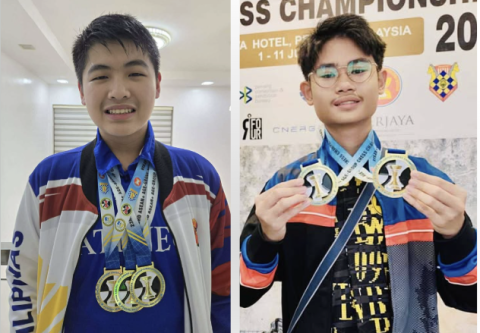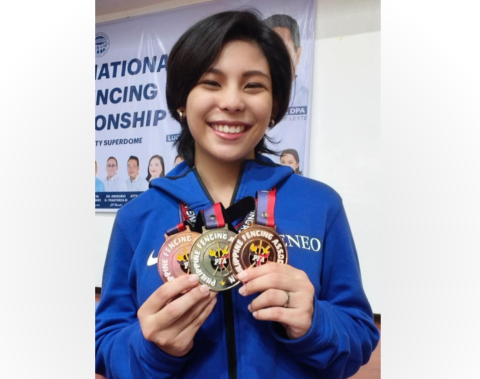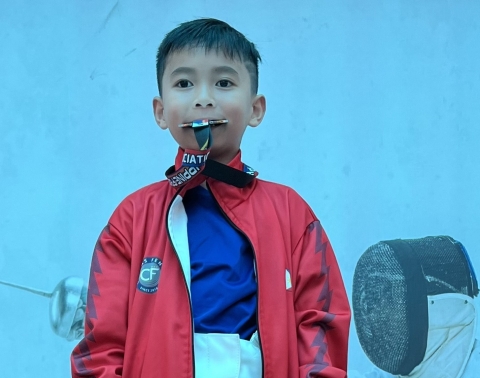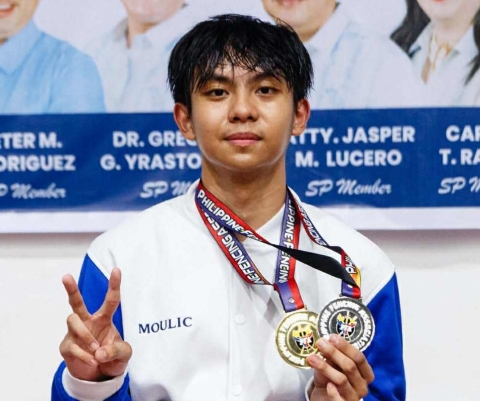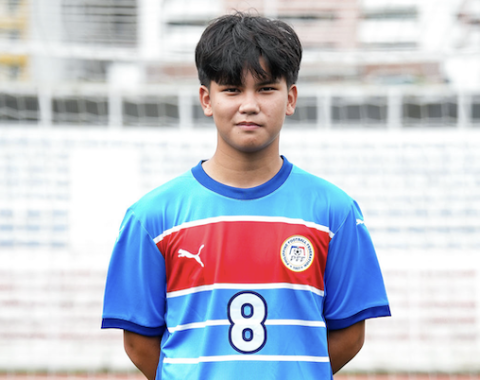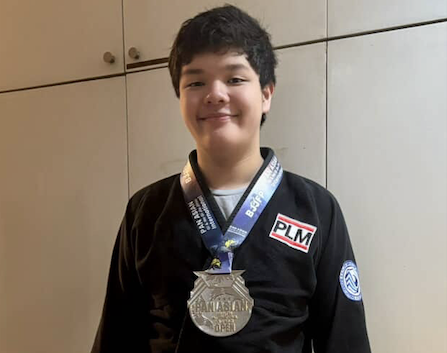Ateneo alumnus conducts postgraduate research with McLaren Formula 1 team
17 Dec 2024
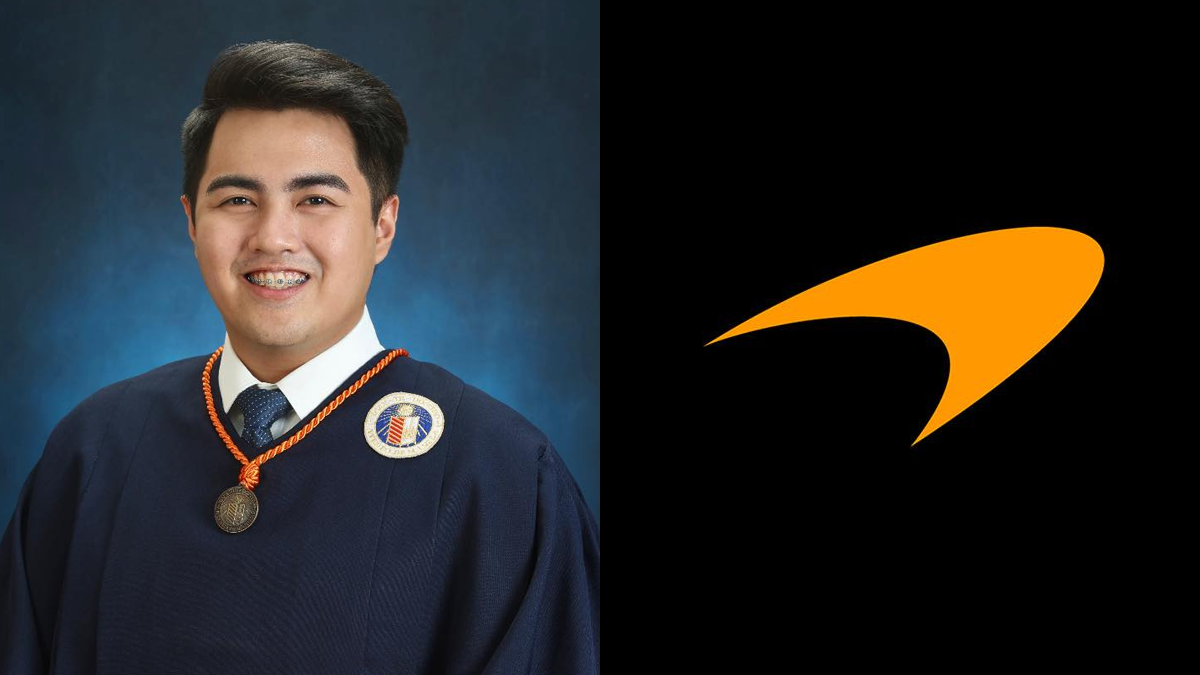
An alumnus of Ateneo de Manila University's School of Science and Engineering recently collaborated with the McLaren Formula 1 team during his postgraduate research last September 2024.
Neil Joshua Limbaga graduated from Ateneo in 2023 with a Bachelor of Science in Computer Engineering, Specialization in Microelectronics and Embedded Systems. Following this, he enrolled in the King Abdullah University of Science and Technology (KAUST) where he is now a PhD student.
As part of his studies, Mr Limbaga collaborated with McLaren on his postgraduate research on software simulation.
Talking to the Philippine Star, Mr Limbaga admitted that he was not a fan of the sport at first, not until his adviser selected him to be part of the project.
"I haven't followed [Formula 1] until my adviser at KAUST selected me to execute this project," he said to the Philippine Star. "I believe this was just shortly after the Miami GP where Lando [Norris] won his first F1 Grand Prix! From then on, it was easy to be an F1 fan especially when you're working with a team as passionate and friendly!"
In addition, Mr Limbaga stated that while people didn't think that a computer science degree, like that he got from Ateneo, would lead him to motorsport. However, he stressed that "data and [computing] is everywhere," even in Formula 1.
Founded by Bruce McLaren in 1963, McLaren is one of the most decorated Formula 1 teams, having produced 12 F1 World Drivers Champions and won nine F1 World Constructors Championships, including this year's championship – its first since 1998.
"The feeling is extraordinary! To be part of a champion season where it has been since 1998 since the last constructor's championship was special!" Mr Limbaga said.
Prior to his postgraduate study, Mr Limbaga conducted his undergraduate thesis on the "Development of an EEG-based Brain-Controlled System for a Virtual Prosthetic Hand." His thesis explored the use of electroencephalogram (EEG) signals to control a prosthetic hand, which could be used to improve the overall quality of life for those with physical disabilities or motor impairments.
